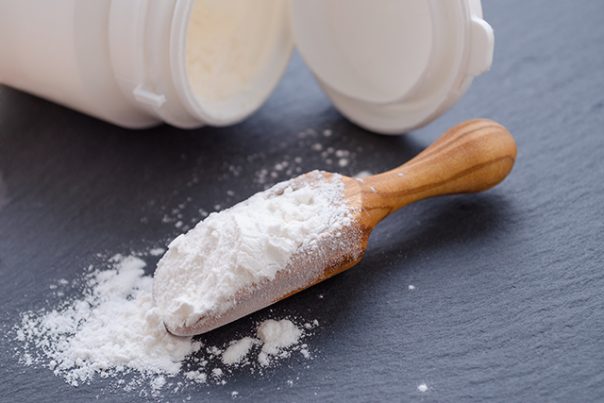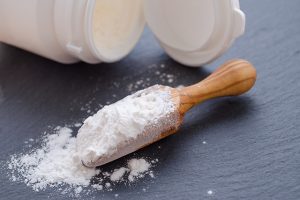
Ascorbyl stearate sources, health risks
Friday, October 13, 2017 by Rhonda Johansson
http://www.naturalpedia.com/ascorbyl-stearate-sources-health-risks.html

Ascorbyl stearate is the forgotten love-child of ascorbic acid and stearic acid. This compound, used as a preservative agent for various beauty products and food items such as margarine, is said to be beneficial because it still maintains its vitamin C content but is more stable and less likely to oxidize.
Science seems to have forgotten ascorbyl stearate, however, as there is extremely limited information on the substance. It has only been recently that the potential hazards of ingesting or applying ascorbyl stearate has been studied.
This introduction is merely that: a short guide to what has been recorded thus far in the medical community. Please do note that due to the lack of information, all notes listed here should be further verified by your medical doctor.

Harmful effects that can be caused by ascorbyl stearate
The National Formulary (NF) has stated that mixed esters have a higher chance of becoming contaminated due to impurities found during the reaction process. Those that manufacture ascorbyl stearate may inadvertently introduce other substances such as arsenic, lead, or sulfate ash. These are natural byproducts of chemical processes, but taken or inhaled regularly and consistently can lead to detrimental health effects.
Some studies seem to suggest that ascorbyl stearate may cause gastrointestinal distress. One of the more worrying signs of excessive exposure to the substance is the proliferation of kidney stones. These, in turn, cause the kidney to become hyperactive and eventually become damaged.
Nevertheless, other studies dispute this, concluding that there are no long-term effects of ascorbyl stearate.
Body systems harmed by ascorbyl stearate
It is difficult to claim any one system harmed by the compound as there has yet to be a consensus on the substance’s hazards. It can be hypothesized that ascorbyl stearate can damage the gut.
Where to learn more
Summary
Ascorbyl stearate is the product of a reactive process between ascorbic acid and stearic acid. It is used as a preservative because of its antioxidant properties. There is very little research on its health hazards although some studies claim that exposure to the substance can cause kidney stones.
Sources include:
Tagged Under: Tags: Ascorbyl stearate





